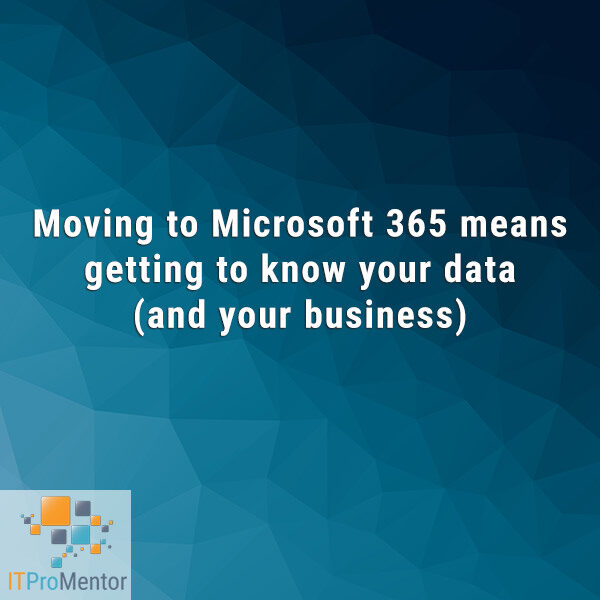Why we tend to focus on IaaS Solutions
IaaS is an area of extreme interest to SMB customers, probably because it is the easiest way for them to translate what they are accustomed to working with (e.g. on-premises servers) into a cloud-based equivalent. In other words, for better or worse, we are in the habit of thinking about our applications and workloads in terms of the usual containers we build them in–servers.
Personally, I am not 100% sold on the concept of trying to replicate on-premises deployments in a cloud like Azure or Amazon. It isn’t that I do not believe in the products–I think they are great products; I just think that certain workloads are better suited to PaaS or SaaS, and in some cases–they should perhaps remain on-premises.
Why would an SMB move an application server for CRM into the cloud when they can buy CRM Online instead? Or take QuickBooks Online for example–an application that a great many SMB’s traditionally deployed on-premises. What about those legacy custom-written database applications? Even if they are written for.NET & Microsoft SQL, I bet they aren’t modernized for mobility yet. Rather than “shifting and lifting” this structure into a virtual machine in the cloud, why not rebuild them in the Microsoft Azure cloud instead?
Not all on-premises server workloads are well-suited to IaaS
Would you move your file servers into the cloud? The correct answer is: it depends. Have you considered SaaS options like One Drive for Business? Dropbox for Business, or (my favorite) Box? What is the difference in user experience? How does security and management change? If your organization works with a lot of very large files such as CAD drawings, or multimedia/video, then the latency and bandwidth limitations of keeping those file shares in a cloud or remote datacenter could be a painful experience, compared to what you’re used to getting on your local network segment.
What about Active Directory? Again it depends. Unless you are working in a small branch-office, or have very few users at your brick-and-mortar headquarters, you are probably going to want at least one local directory server with a global catalog to service login requests.
What about that really old legacy database application (and no, we aren’t going to redevelop it anytime soon because we fear change and/or don’t want to spend the money)? Well, again it depends. Will it run on Windows Server 2008R2 or later? Are you interacting with it through a web browser, thick client or other? How does it respond to extra latency & lower bandwidth? Can it be published as a RemoteApp? We need answers to these questions in order to make a good recommendation.
We still live in an era of hybrid
I love the cloud, but I also think that the “death of the server” is a bit of a myth. The reality is, for the time being at least, our traditional networks are dominated by a hybrid model–an evolving whole comprised of on-premises and cloud-based parts alike. This is owed in part to the dominance of Microsoft’s brand at every level of the Enterprise–I often hear the figure that almost 90% of orgs that have a directory use Active Directory.
While Azure Active Directory is growing by leaps and bounds all the time, growing legs and becoming more and more independent from its on-premises cousin, most organizations are going to see the greatest benefit from linking their existing Active Directory deployments into their Azure tenancy, and lighting up the extendable features from there.
I am sure the march into more and more cloud-based infrastructure and services will continue, but right now we are still firmly in the middle of a transitional and evolutionary stage. Do not worry if you still find yourself relying to some extent on so-called “traditional” on-premises tools–they may still be the best ones for the job (at least for now). But you should be looking awfully hard at what the cloud has to offer–it’s getting harder and harder to ignore–we need the cloud, and it is going to continue to become more and more compelling as we move forward in time.
In my next post, I will outline what I feel are the best / most widely applicable or SMB-appropriate solutions available from the Microsoft cloud today.



Leave a Reply